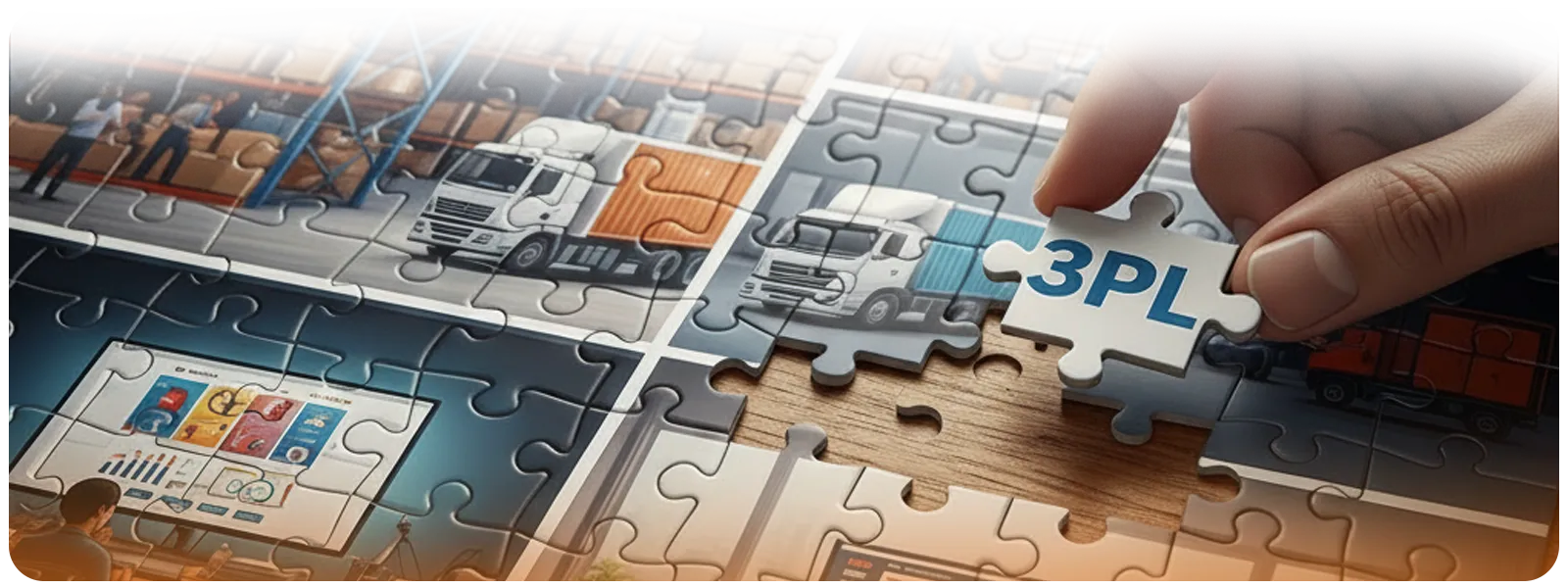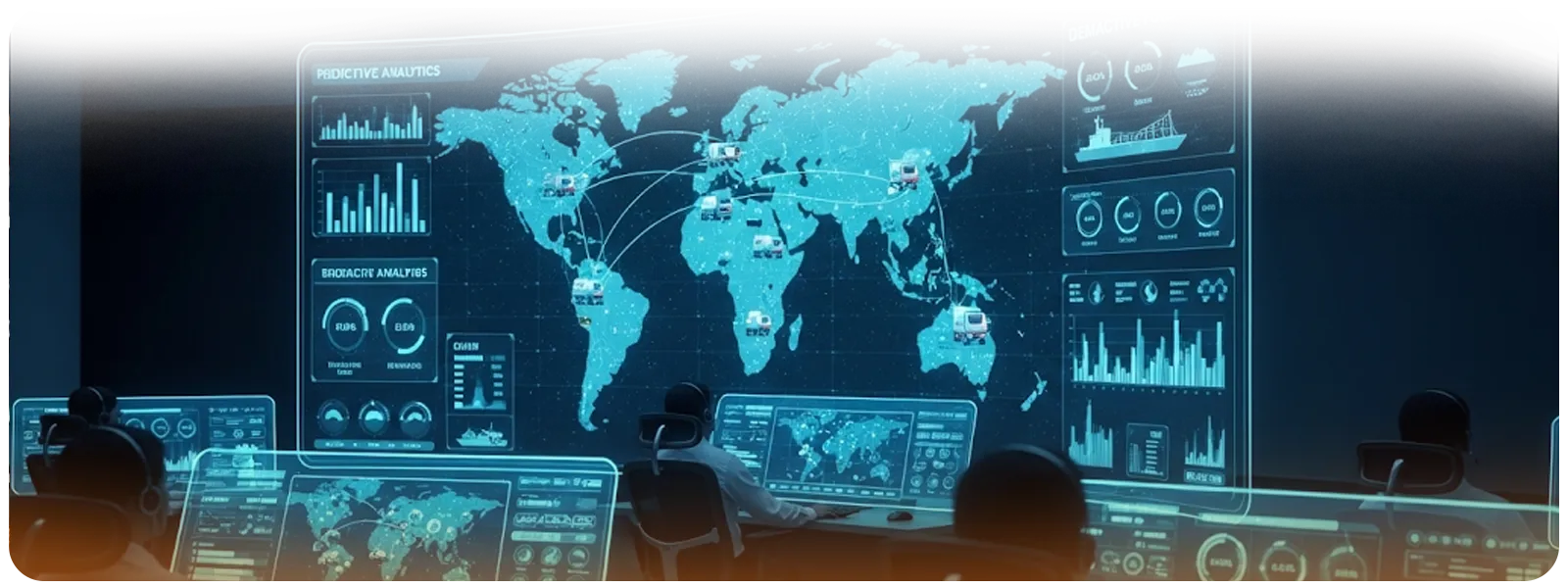
5 Critical 3PL Tasks You Should Outsource to Save Time and Cut Costs
Running a business today is tough enough without the constant drain of logistics. Rising freight rates, unpredictable global events, and customers who expect fast, cheap delivery have turned supply chains into a battlefield.
Trying to manage every piece in-house is not only costly but also a direct hit to your team’s productivity.
The smarter move is shifting critical logistics functions to a trusted Third-Party Logistics (3PL) provider.
Beyond lowering expenses, outsourcing gives you immediate access to advanced systems, skilled teams, and national networks that would take years and millions to build yourself.
Here, we’ll break down five 3PL tasks that deliver the most significant return, helping you cut costs, save time, and redirect your energy toward growth.
Supply Chain Technology & Data Analytics

Building modern logistics systems on your own is like trying to construct a power plant just to keep the lights on.
A Warehouse Management System (WMS) or Transportation Management System (TMS) comes with steep upfront costs, tens of thousands to hundreds of thousands of dollars, plus hardware, integration, upgrades, and a team of IT specialists to keep it all running.
Even after implementation, extracting real value from the data requires expensive analysts and months of trial and error.
Instead of building complex systems yourself, you can tap directly into a 3PL’s fully integrated platforms, gaining real-time visibility, predictive insights, and performance dashboards in weeks rather than years.
- Cost Savings: No heavy CapEx on software or infrastructure. You pay only for what you use, as an operating expense that scales with your business.
- Time Savings: Instead of waiting through lengthy rollouts, you gain instant access to mature systems, freeing your team from IT distractions and letting them focus on growth.
Source: Descartes, industry analysis
Global Trade Management & Customs Compliance

International trade in 2025 is a maze of shifting tariffs, geopolitical risks, and ever-tightening regulations. A single misclassified shipment code can delay cargo for weeks and rack up fines that erase profit margins.
For many businesses, monitoring trade policy, updating compliance processes, and handling customs paperwork demand resources they simply don’t have.
The result? Risk exposure, delays, and frustrated customers.
With freight forwarding and licensed brokerage under one roof, a 3PL acts as your compliance partner, tracking regulatory shifts, preparing documents, and coordinating with customs officials to keep cargo moving.
- Cost Savings: Avoid penalties and unlock opportunities like duty drawback programs or tariff engineering that reduce landed costs.
- Time Savings: Eliminate hours spent wrestling with customs forms or chasing delayed shipments. Instead, your 3PL ensures speed and accuracy so your team can stay focused on customers and sales.
Comprehensive Reverse Logistics (Returns Management)

E-commerce has made returns a major drain on resources. Processing them disrupts warehouse flow, ties up labor, and delays outbound orders.
On top of that, each return can cost 20–65% of the item’s original value once shipping, inspection, and write-offs are factored in. A poor returns experience also destroys loyalty; most customers won’t come back after one bad refund process.
Returns don’t have to be a drain. Specialized 3PLs treat them as a core function, using dedicated facilities, skilled staff, and Returns Management Systems to streamline every step.
- Cost Savings: Efficient inspection and disposition mean fewer write-offs and more items returned to stock for resale, cutting the average cost per return.
- Time Savings: Faster processing and automated workflows speed up refunds, boost customer satisfaction, and free your team from managing a returns backlog.
Source: RocketReturns.io Industry Analysis
Agile Warehousing & Last-Mile Fulfillment
Customers now expect one- or two-day delivery as the baseline. From a single warehouse, meeting those expectations often means resorting to costly air freight or disappointing buyers with long transit times.
Building your own nationwide network of warehouses isn’t realistic either; leasing, staffing, and equipping facilities across multiple regions requires millions in capital and years of work.
Meanwhile, the last mile alone eats up more than half of total shipping costs, leaving margins razor-thin.
By leveraging a distributed warehouse network already in place, a 3PL lets you position inventory closer to customers, cutting shipping times and costs without heavy capital investment.
- Cost Savings: Ground shipping replaces expensive air freight, cutting costs by 30% or more while still meeting customer delivery expectations.
- Time Savings: Instead of years of setup, you gain a national fulfillment footprint in weeks, scaling up or down as needed while staying competitive in every market.
End-to-End Transportation Management
Freight management is a moving target; volatile rates, capacity shortages, and constant invoice errors drain both time and money.
Smaller shippers rarely have the leverage to secure competitive rates, which means they often overpay.
Meanwhile, staff spend countless hours chasing quotes, booking carriers, tracking loads, and auditing freight bills, leaving little time for higher-value work.
Managing freight becomes far simpler when a 3PL takes the lead, pooling client volume to secure better rates, optimizing routes, and using advanced TMS platforms to oversee the entire process.
- Cost Savings: By leveraging volume across many clients, 3PLs negotiate better rates across all modes. Route optimization and load consolidation further cut transportation spend.
- Time Savings: Carrier negotiations, booking, tracking, and bill audits are handled for you, eliminating tedious admin work and freeing your team to focus on growth.
Stop Managing Logistics, Start Driving Growth

The businesses that thrive in 2025 will be the ones that stay lean, agile, and focused on their core strengths.
By outsourcing these five critical logistics functions to a qualified 3PL, technology, trade compliance, reverse logistics, warehousing, and transportation, you convert unpredictable costs into scalable, predictable expenses.
More importantly, you gain access to expertise, networks, and systems that would be nearly impossible to replicate in-house.
Every hour your team spends chasing carriers, wrestling with customs forms, or managing returns is an hour not spent serving customers and driving revenue.
A strong 3PL partnership removes those bottlenecks so your logistics become a competitive advantage rather than a burden. The result is simple: lower costs, faster execution, and a business positioned to grow stronger in the face of an unpredictable market.


